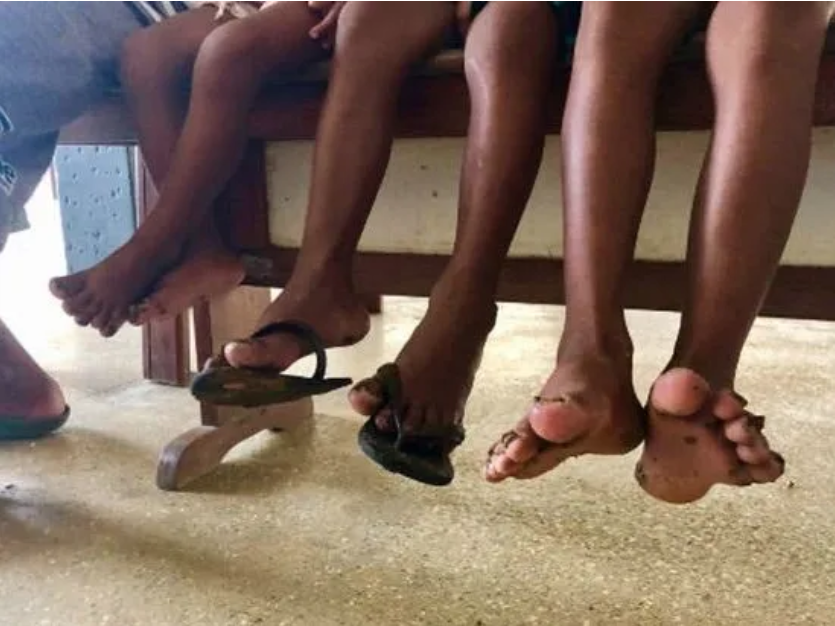
Tungiasis – Sand Flea disease: Training of health workers at national and district levels on skin-NTDs
- Understand the epidemiology of tungiasis;
- Describe the clinical aspects;
- Understand how the diagnosis is made;
- Explain how to treat and prevent tungiasis;
- Understand the socioeconomic impact; and
- Describe the public health interventions.
This online course examines the epidemiology of tungiasis, clinical aspects, diagnosis, treatment and prevention, socioeconomic impact, and public health interventions.
Tungiasis has been included as part of the skin-neglected tropical diseases in the NTD road map 2021-2030 launched by WHO in 2020. Tungiasis is caused by the penetration of sand fleas into the epidermis of its host and affects mostly resource-poor urban and rural communities in Sub-Saharan Africa, South America, and the Caribbean. There is a lack of reliable data on geographic distribution, prevalence, and intensity of infection, but there have been reports of communities with prevalence up to 60% in children and 30% in the general population. In endemic areas affected, people suffer from heavy infections and severe, frequently debilitating and incapacitating morbidity.
However, national and local health authorities do not prioritize this disease within the public health intervention plans, mainly because of lack of data, knowledge or interest. Thus, affected communities still usually use treatments that cause more harm than good, although effective and safe means for prevention and treatment exist. The course includes background information on skin-NTDs, epidemiology of tungiasis, pathogenesis and clinical pathology, diagnosis, treatment, and prevention, socioeconomic impact, and public health interventions.
The aim of the course is to provide information about tungiasis to increase knowledge and skills of national and health workers to address this disease.
Assessment & Awards
You will receive a Confirmation of Participation upon completing all the modules in this course. Please note that this award does not serve as a professional qualification.
Other information
Guidance note
The content of this course has been validated, verified, and is owned by the Neglected Tropical Diseases team. This course is not a WHO Academy co-produced course. In case of any concerns or feedback on the course content, please share your feedback in the survey form at the end of this course.
Browser and device compatibility
For the best experience, we recommend using the latest version of Chrome, Firefox, Safari, or Microsoft Edge to access the courses.

